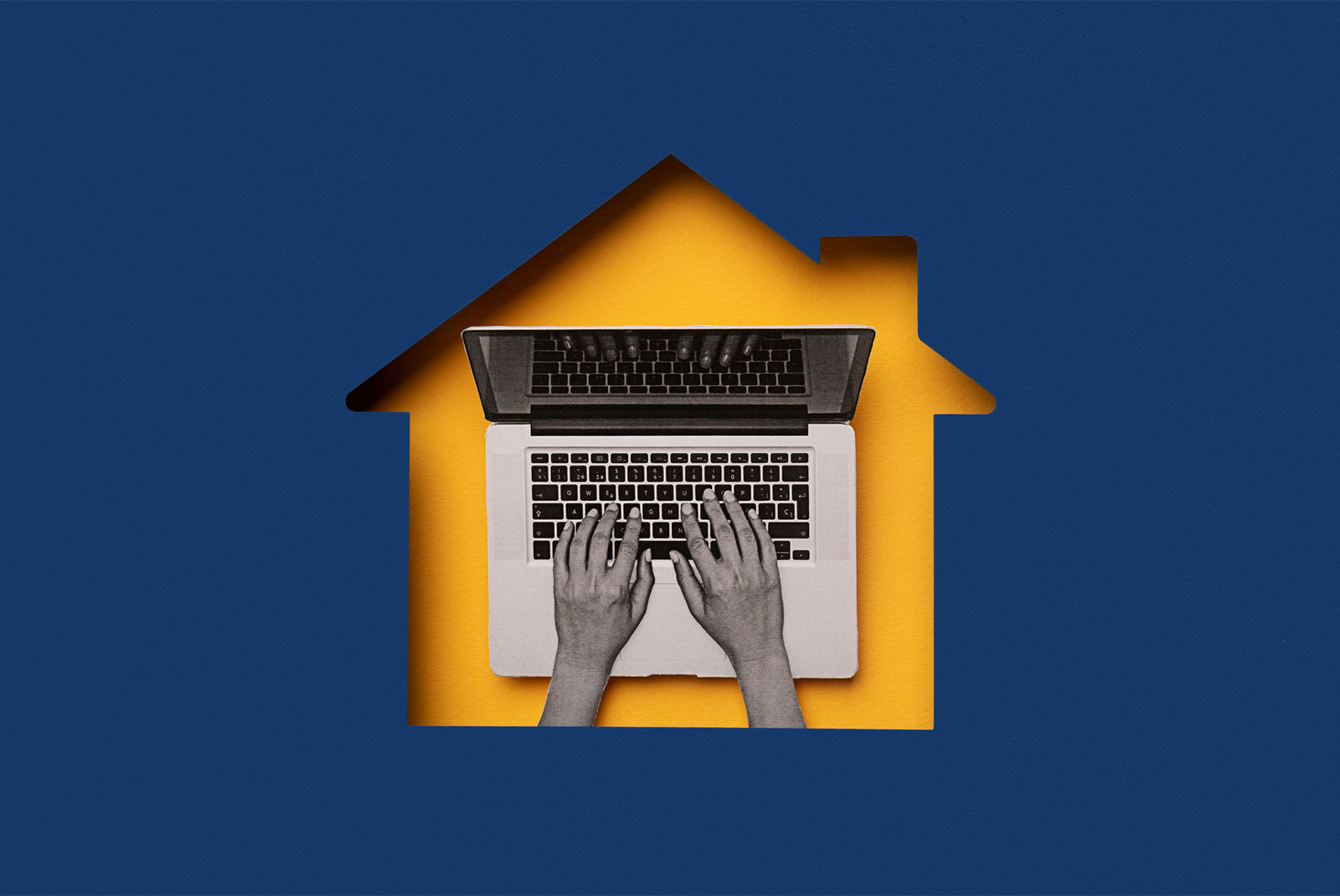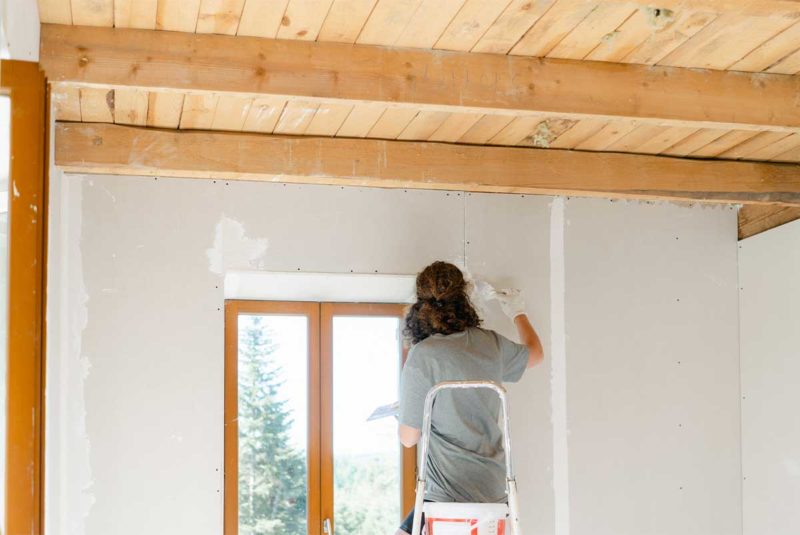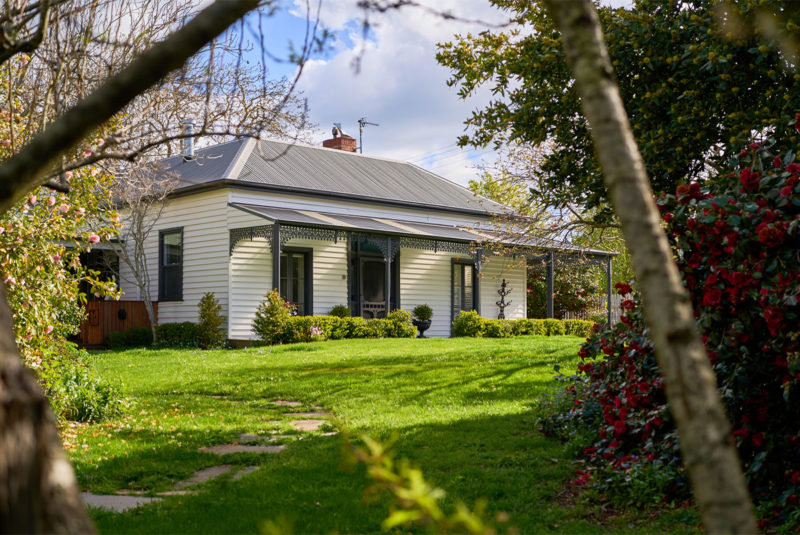Have you been looking out into your backyard and wishing there was a pool there? Or maybe you’ve been wanting to turn that dark, dingy basement into your go-to hangout spot.
Home improvements can be a great long-term investment, but they usually come with high upfront costs. If you’re like us and don’t have tens of thousands of dollars on hand, you may be thinking, “Where can I get the money?”
That money actually exists … in your home.
But wait! Before you start ripping out your walls and floors in search of stacks of cash — the money is accessible only by tapping into your home’s equity. Sorry, it’s not literally in the house.
If you’re unsure what home equity is, don’t worry. Here’s an easy equation to give an idea:
- Home equity = current appraised value of your home minus the amount still owed to your lender
Bear in mind that the appraised value of your home can go up or down.
Now comes the fun part: accessing that money. You have a few options here. One of the most common is a home equity line of credit or HELOC. If you want to sound in-the-know when you call your lender, pronounce it “Hee-Lock.”
What Is a HELOC (Home Equity Line of Credit)?
A HELOC, which is a type of second mortgage, allows you to borrow against your home equity. But unlike a home equity loan, where you receive a lump sum of cash, with a HELOC you pay as you go.
Think of it kind of like a cre … wait, that’s in the next section!
HELOC: More Like a Credit Card or a Loan?
Yup, you guessed it (I mean it has “credit” in the name). A HELOC is similar to a credit card. Similar – but not the same.
Like a credit card, you pay back what you spend on a timely basis.
However, unlike most credit cards, you have the choice of choosing fixed or variable interest rates:
| Fixed Interest Rates | Variable Interest Rates |
| Based on your payment history | Based on the economy |
| Must notify you of a change | No obligation to notify you of a change |
Beyond paying as you go and interest rates, there are some major differences between HELOCs and credit cards. None is bigger or more important to remember than your home.
A HELOC is secured through your home. In other words, failure to make payments can result in foreclosure — so make sure you don’t miss any!
Speaking of payments, let’s get into how those work.
Draw and Repayment Periods: How a HELOC Works
A HELOC has two phases: the draw period (when you can spend) and the repayment period, which (you probably guessed it again) means it’s time to pay that money back.
Open season
Draw periods for HELOCs tend to be 10 – 15 years, during which you are usually only required to make interest payments.
One thing to remember: You can still pay toward the principal during the draw period. It can save you money in the long run by reducing the amount of interest you have to pay.
Fun while it lasted
All good things eventually come to an end, and HELOCs are no different.
Once the draw period ends, you will be required to pay back the money you borrowed along with the remaining principal, plus interest. The repayment period tends to be longer than the draw period – 20 years is common.
If you want to continue tapping into your home equity after the draw period has ended, you can typically reopen the HELOC with adjusted interest rates.
Why You Should Consider a HELOC
It’s ‘the interest rates’ for me
If we were in the business of selling HELOCs, a key selling point in our pitch would be the interest rates.
Not only are they considerably lower than credit card rates, but they are usually lower than those for home equity loans. In short, you’re saving yourself money in interest. And that’s always a nice bonus, right?
Oh, and the interest payments you make may also be tax deductible if the money is used for home improvements. Something we’ll get into below.
No way, it can’t be that much
If you’ve been paying your mortgage for a few years now, you could be in luck. And by “luck” we mean you could have a whole bunch of money to tap in to.
Most banks will give you a loan worth up to 85% (and in some cases up to 90%) of your home equity. For example, if your house is worth $300,000 and you still owe $175,000 to your lender, you could be eligible for up to $106,250 with a HELOC.
The best part is that you don’t have to use all $80,000. Because the HELOC works like a credit card, if you only end up using $30,000, that’s what you’ll repay plus interest.
Watching lots of DIY Network?
HELOCs are an extremely popular way to generate funds for home improvements, like pools, a new kitchen, a finished basement, etc.
As we mentioned before, if you use the money to upgrade your home, your interest payments may be tax deductible — a real win-win.
Also, because you only pay for what you use, you won’t be left with a lump sum of cash you no longer need if a project ends up costing you less than expected.
There’s Always a ‘But’: The Cons of HELOCs
Like the times, your home’s value is always changing
Simply put, a HELOC is a second mortgage. That means that by getting one you are increasing the amount you owe on your home. This isn’t necessarily a bad thing, but it can become problematic in a volatile housing market.
If the market was to go sideways locally or nationally, you could be left “underwater.” That’s the official financial term for when a person owes more money on a home than the home is actually worth.
Don’t find yourself underwater; throw yourself a life preserver.
Always do research on the housing market and talk to your lender before applying for a HELOC or any other mortgage.
There are more fish in the sea, actually
If you’ve calculated your home equity, you probably realize now that a HELOC can be an avenue to accessing a large amount of cash. One thing to remember is that it isn’t the ONLY route available to you.
If you are in need of money to pay off other debts, fund college tuition payments or even to buy a car, there may be other options available to you — options that don’t put your home up as collateral.
So before deciding to go with a HELOC, be sure to ask yourself what the money will be used for, and look into all available loan options.
Annnnd it’s gone
Unlike an unsecured credit card (it’s not tied to any of your assets), a HELOC is secured against your home. Long story short: If you fail to make payments, you could stand to lose your home.
Ready, Set, Go! How To Get a HELOC
Okay, so you know the ins and outs of home equity and HELOCs – but enough with the definitions — let’s discuss actually getting one of these things.
Taking the next steps
Here’s what you’ll want to do before applying for a HELOC:
- Calculate your home equity
- Find out your credit score (Credit score not where you need it to be? Check out some tips to raise your score.)
- Your credit score will determine if you can get the HELOC and its interest rates
- Get your paperwork together. You’ll typically need:
- Social Security number
- Proof of income and employment
- Current mortgage information
- Compare potential lenders
- Get out there and apply
Strapped for cash?
Your home’s equity is your money. So whether it’s for a new kitchen or consolidating debt, a cash-out refinance can help get you there.
The Short Version
- A home equity line of credit (HELOC) allows you to leverage your home’s value to get usable cash
- Like a credit card, you pay back what you use, but a HELOC typically offers a higher max spend coupled with lower interest rates
- Your house is the collateral. Failure to pay back = potentially losing your home




